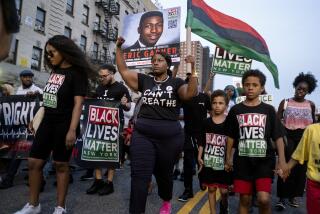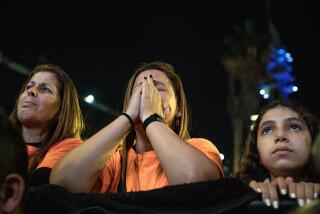Media coverage of violent events is found to fuel a cycle of stress
In an era of round-the-clock news cycles and ever-present social media apps, violent events that occur thousands of miles away can feel as though they strike increasingly close to home. So perhaps it should come as no surprise that wall-to-wall media coverage of mayhem can induce post-traumatic stress in those who consume it.
A new study that tracked thousands of Americans after the Boston Marathon bombing in 2013 and the Pulse nightclub shooting in 2016 found that for many who acknowledged initial distress over one of these events, watching lots of news coverage about it was associated with experiencing more post-traumatic stress symptoms six months later.
And that was not the end of their distress. Those who spent more hours engaged with seven different forms of media coverage about one event were more likely to worry over future events. And then, when another national trauma took place, those same people tended to seek out more coverage of it.
The end result of this vicious cycle: deepened levels of distress.
“Distress responses to past large-scale collective traumas (e.g., terror attacks) may sensitize some individuals to media coverage of later collective tragedies, thereby exacerbating distress responses in their aftermath,” the study authors wrote in Wednesday’s edition of the journal Science Advances. “This sensitization process may fuel a cycle of distress.”
And that, the authors added, is a public health issue, since people with post-traumatic stress disorder and chronic distress are more likely to suffer heart attacks, strokes and other cardiovascular problems.
The researchers, from UC Irvine, analyzed the news and social media consumption of 4,165 adults from around the country. They also tracked their psychological states for as long as three years following two major violent events: the Boston Marathon bombings that killed three and injured hundreds, and the mass shooting at the Pulse nightclub in Orlando, Fla., that left 49 dead and 53 injured.
Six months after the Boston bombings, the amount of media coverage a study participant was exposed to was a good predictor of the number of PTSD symptoms he or she exhibited — including intrusive thoughts or memories about the bombings, hypersensitivity to potentially fearful cues, numbness and avoidance of reminders. Those with higher levels of media exposure also expressed greater worry about future violent events two years after the bombings occurred.
In turn, after the Pulse nightclub attack, study participants who had high levels of stress and worry about future events were more likely to report both higher levels of media exposure related to the Orlando shooting and more acute stress stemming from the massacre.
It’s widely known that some people are more likely to develop PTSD, including those with a history of depression, anxiety or exposure to violence. But even after accounting for this variation in vulnerability, the UC Irvine team found that more media consumption concerning one event set people up for greater distress, and then for greater consumption of coverage of a later event.
These results are in line with a growing consensus among PTSD researchers, said Dr. David Spiegel, a psychiatrist who directs Stanford’s Center on Stress and Health.
“Exposure to trauma, even at a distance, will elicit the kind of reaction you might have if you are witnessing an event yourself,” he said.
The fact that one is experiencing the events on a screen and is not in immediate danger may mitigate the effects of the sounds, images and vivid accounts of trauma, Spiegel said.
“But we have these big brains that allow us to imagine what it’s like to be there,” he said. When it comes to processing raw images coming across our TVs, laptops and devices, our rich imaginations can conjure very real feelings of immediate danger, he added.
The study authors say their findings hold lessons for news outlets and social media companies, as well as for their audiences.
Media organizations “need to recognize the vital role they can play in broadcasting distress,” they wrote. Amid “pressure to generate clicks and shares,” providers of news-related content should resist the temptations of sensationalism and adopt “a more even-handed” approach, they added.
But news consumers, too, should “understand how they may be putting their long-term mental and physical health at risk by closely following along with collective traumas” as they unfold, the authors added.
Spiegel agreed that news junkies — especially those with a history of trauma — need to be mindful of their propensity to become distressed and limit viewing habits accordingly. And parents should be vigilant about limiting their children’s exposure to the sights and sounds of mayhem.
“Everything in their world is linked to them,” he said. “So these events get woven into the story of their personal narrative, and that can make it more damaging.”
MORE IN SCIENCE







